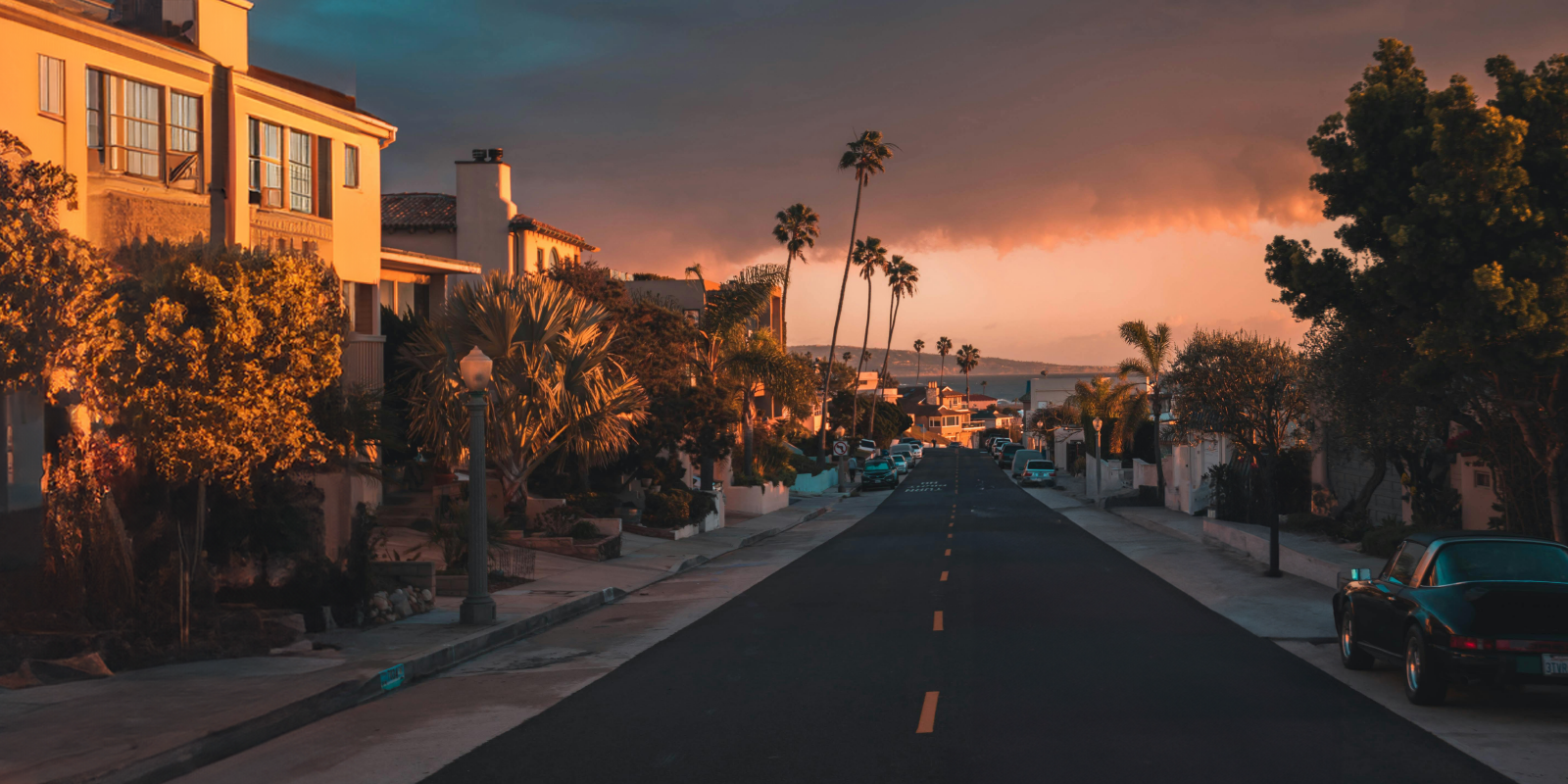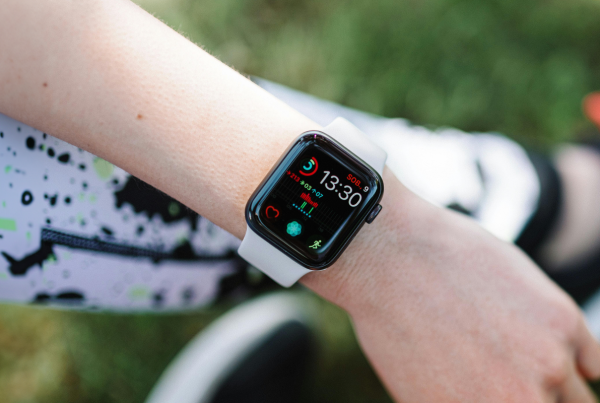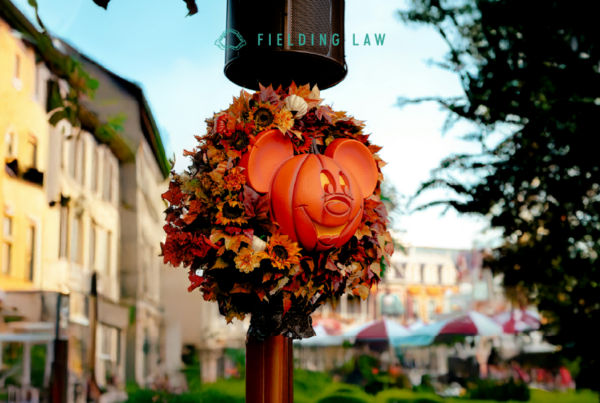As autumn settles in, the days get shorter, and early darkness becomes a regular part of our routine. This change in daylight hours can significantly impact road safety for both drivers, cyclists, and pedestrians. Understanding how to navigate these conditions safely is crucial to avoiding accidents and ensuring everyone gets home safely.
How Early Darkness Affects Road Safety
- Reduced Visibility: Early darkness means reduced visibility on the roads. Drivers may struggle to see pedestrians, cyclists, and other vehicles. It becomes harder to notice potential hazards like road debris or animals crossing the road.
- Increased Risk of Accidents: With diminished visibility, the likelihood of accidents increases. Drivers might not see stopped vehicles, turning signals, or sudden movements by other road users. Pedestrians and cyclists may be less visible to drivers, especially if they are not wearing reflective clothing.
- Headlight Glare: The transition to darker evenings often leads to more reliance on headlights. However, improper use or glare from oncoming headlights can make it challenging to see clearly, increasing the risk of accidents.
Tips for Staying Safe on the Roads
For Drivers:
- Use Headlights Properly: Ensure your headlights are properly aligned and use high beams only when there is no oncoming traffic. Avoid glaring headlights by adjusting your mirrors to reduce reflections.
- Increase Following Distance: Allow more space between your vehicle and the one in front of you. This gives you extra time to react to sudden stops or emergencies.
- Slow Down: Drive at a reduced speed, particularly in areas where visibility is limited, such as curves, intersections, and poorly lit roads.
- Watch for Pedestrians and Cyclists: Be especially vigilant in areas where pedestrians and cyclists are likely to be present. Always yield to pedestrians at crosswalks.
- Keep Your Vehicle Maintained: Regularly check that your headlights, brake lights, and turn signals are functioning correctly. Clean your windshield and mirrors to improve visibility.
For Pedestrians and Cyclists:
- Wear Reflective Gear: Increase your visibility by wearing reflective clothing or using light-up accessories, especially when walking or cycling near roadways.
- Stay on Well-Lit Paths: Whenever possible, stick to sidewalks or well-lit paths. Avoid walking or cycling on the road if there are safe alternatives.
- Be Visible and Alert: Make eye contact with drivers at intersections and crosswalks to ensure they see you. Avoid distractions such as using a phone while crossing streets.
- Follow Traffic Rules: Adhere to traffic signals and pedestrian rules. Use designated crosswalks and signal your intentions when turning.
Fielding Law: Your Advocates After An Accident
The shift to early darkness in autumn brings new challenges for road safety. Both drivers and pedestrians must adjust their habits to navigate these changes safely. By staying vigilant, using safety measures, and adhering to road rules, everyone can help reduce the risk of accidents and ensure safer travels during the darker months.
If you or someone you know has been involved in a road accident due to poor visibility or other autumn-related conditions, contact Fielding Law at 833.88.SHARK. Our experienced attorneys are here to help you understand your rights and seek the compensation you deserve.
Note: Information provided is for educational purposes and does not constitute legal advice. Always consult with a qualified attorney for legal concerns.





